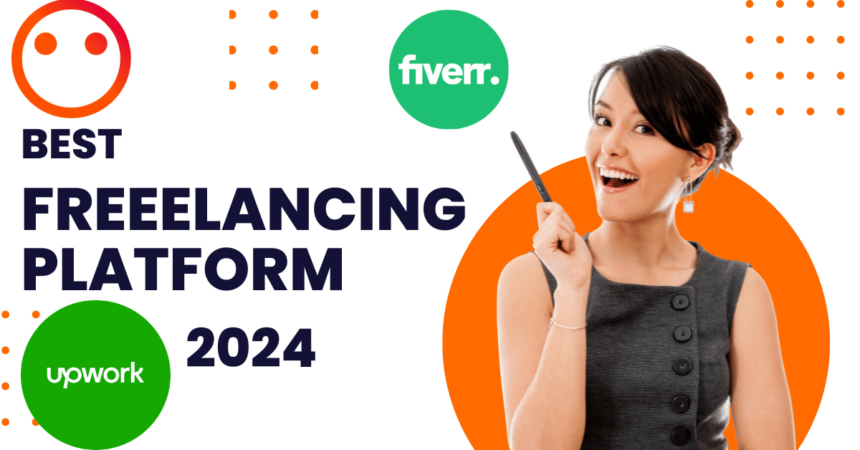Back in early 2020, I was juggling a full-time job and side gigs in the evenings classic story, right? I signed up on a few freelancing platforms just to make some extra money. Fast forward to now, freelancing pays my bills, fills my calendar, and (most days) makes me genuinely excited to get to work.
If you’re thinking about diving into freelancing or maybe you’re already deep into it and looking to switch things up here’s what stood out to me after years of working with different platforms, some good, some… let’s just say “character building.”
1. Upwork
This one’s been around for a while, and honestly, it’s still going strong in 2025. What makes it work? It has structure. Clients are everywhere from scrappy startups to companies you’d recognize from TV ads. But you have to treat it like a real business. A polished profile, solid proposals, and patience can take you far.
I remember my first gig was a $25 blog post. I spent two hours writing it and way too long proofreading it, but it landed me a five-star review. That one review led to three more jobs in a week. So yeah sometimes small wins stack up fast.
2. Toptal
Not for beginners. But if you’ve got a killer portfolio and you’re confident in your skills, it’s worth applying. Toptal has a pretty selective screening process think interviews, test projects, and technical questions.
I got rejected the first time (ouch), but that actually helped me polish my work. When I applied again a few months later, I got in. The clients here are serious. The budgets are higher. And the expectations? Equally high. You’re not just “freelancing” here. You’re a partner in bigger projects.
3. Fiverr Pro
Now, I’ll be honest. I used to think Fiverr was just people selling $5 logos. Then I saw a friend of mine making $10K a month editing YouTube videos all through Fiverr Pro.
The key? Presentation. Your gig description has to be tight. Your portfolio should instantly show what makes you different. The best freelancers here don’t just offer services; they offer solutions that feel effortless for the buyer.
4. Contra
This one feels different more modern, less cluttered. Contra appeals to freelancers who want more control over their branding. It doesn’t charge commissions (huge bonus), and you get a personal site to showcase your work.
I tested Contra for design gigs and found clients who cared more about creative freedom than just checking off tasks. It’s perfect if you’re tired of platforms that make you feel like one profile out of ten thousand.
5. Flexiple
Think of this one as a low-key gem. It’s still gaining traction, but the people behind it are responsive and seem to genuinely care about quality. I picked up a backend development project here last year, and it turned into a three-month retainer.
Their process is smooth, and they actually vet clients which means fewer flaky ones. That alone puts them ahead of a lot of platforms.
Real Talk: What Matters More Than the Platform
No matter where you sign up, here’s what I’ve learned matters more:
- Consistency beats talent The most talented freelancers I’ve seen often lose steam after a few rejections. But the ones who keep tweaking their profiles, testing new strategies, and showing up? They win.
- Client communication makes or breaks your reputation A fast reply and a short Loom video explaining your thought process goes further than most people think.
- Saying ‘no’ is a superpower Early on, I said yes to everything. Huge mistake. Learning to turn down work that didn’t match my skills (or values) helped me build a career I actually enjoy.
Each platform has its strengths. And none of them are magic on their own. But with the right approach, any of them could be your springboard.
Want a recommendation based on your skill or niche? I can help narrow it down, just tell me what you’re working on!

